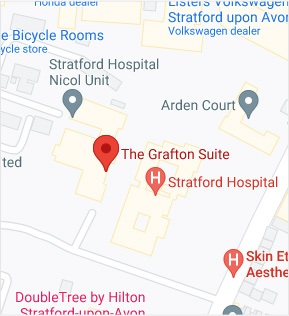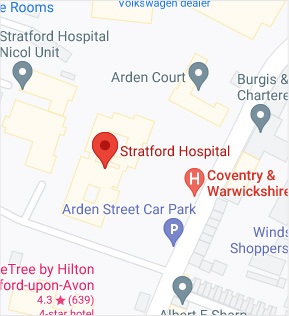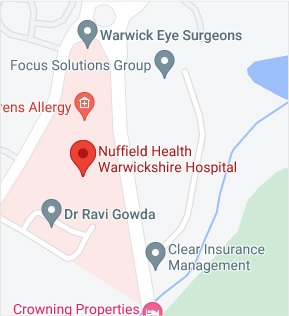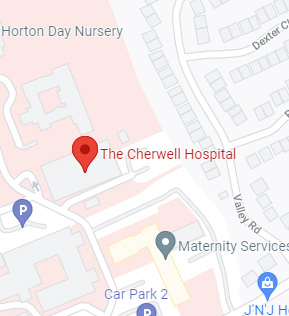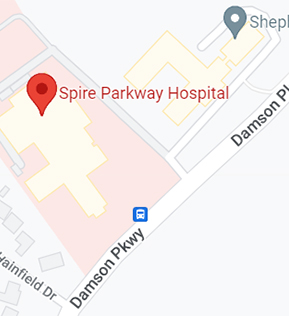What is Swan Neck Deformity?
The finger joint is a hinge joint that allows the bending and straightening of the fingers. Each finger is composed of 3 phalange bones joined by 2 interphalangeal joints (IP joints). The joint near the base of the finger is called the proximal IP joint (PIP joint), and the joint near the tip of the finger is called the distal IP joint (DIP joint).
Swan neck deformity is a condition in which the tip of the finger is bent down (DIP flexion) and the middle joint is bent back more than normal (PIP hyperextension). Swan neck deformity can affect any finger, except the thumb.
Symptoms
The affected finger looks like an outstretched neck of a swan. You may experience stiffness, snapping sensation and difficulty bending the affected finger. It becomes almost impossible to perform certain activities such as button your shirt or grip an object.
Causes
Trauma and certain conditions damage the tendons and ligaments of the fingers causing swan neck deformity. These conditions include:
- Rheumatoid arthritis
- Parkinson’s disease
- Cerebral palsy
- Scleroderma
- Psoriatic arthritis
Diagnosis
Your doctor will take your medical history and perform a physical exam. Imaging studies will be ordered to observe the tendons, ligaments, and bones more closely.
Treatment
Non-surgical Treatment
Generally, the swan neck deformity finger can be treated non-surgically using specially designed splints that immobilise the finger and promote natural healing. In cases of fracture, complete bone healing may take 6-8 weeks, followed by physiotherapy for strengthening.
Surgery
In severe cases that don’t respond to conservative treatment, surgery is recommended.
Anyone of the following surgeries may be performed:
Soft Tissue Repair
The skin, ligaments, and tendons around the PIP joint of your finger are surgically repaired. This restores the structure around the joint and restrains it from hyperextension. Severe swan neck deformity cannot be corrected by this method.
PIP Joint Arthroplasty
Joint arthroplasty is a surgical procedure in which the worn out or damaged surfaces of the joint are removed and replaced with artificial parts. The soft tissues surrounding the joint are balanced to restore the normal mobility of the joint.
Finger Joint Fusion
Finger joint fusion is a surgical procedure to remove the damaged bony ends of a finger joint followed by the insertion of a prosthesis to fuse the bones back together. Finger joint fusion is performed to relieve arthritis pain in the fingers.
Following surgery, you will wear a splint for a few weeks. Pain medications may be prescribed to manage pain. Physiotherapy and occupational therapy sessions will help reduce pain and inflammation as you heal.


 REQUEST AN APPOINTMENT
REQUEST AN APPOINTMENT



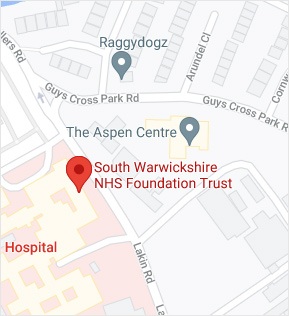
 Ext 4798
Ext 4798